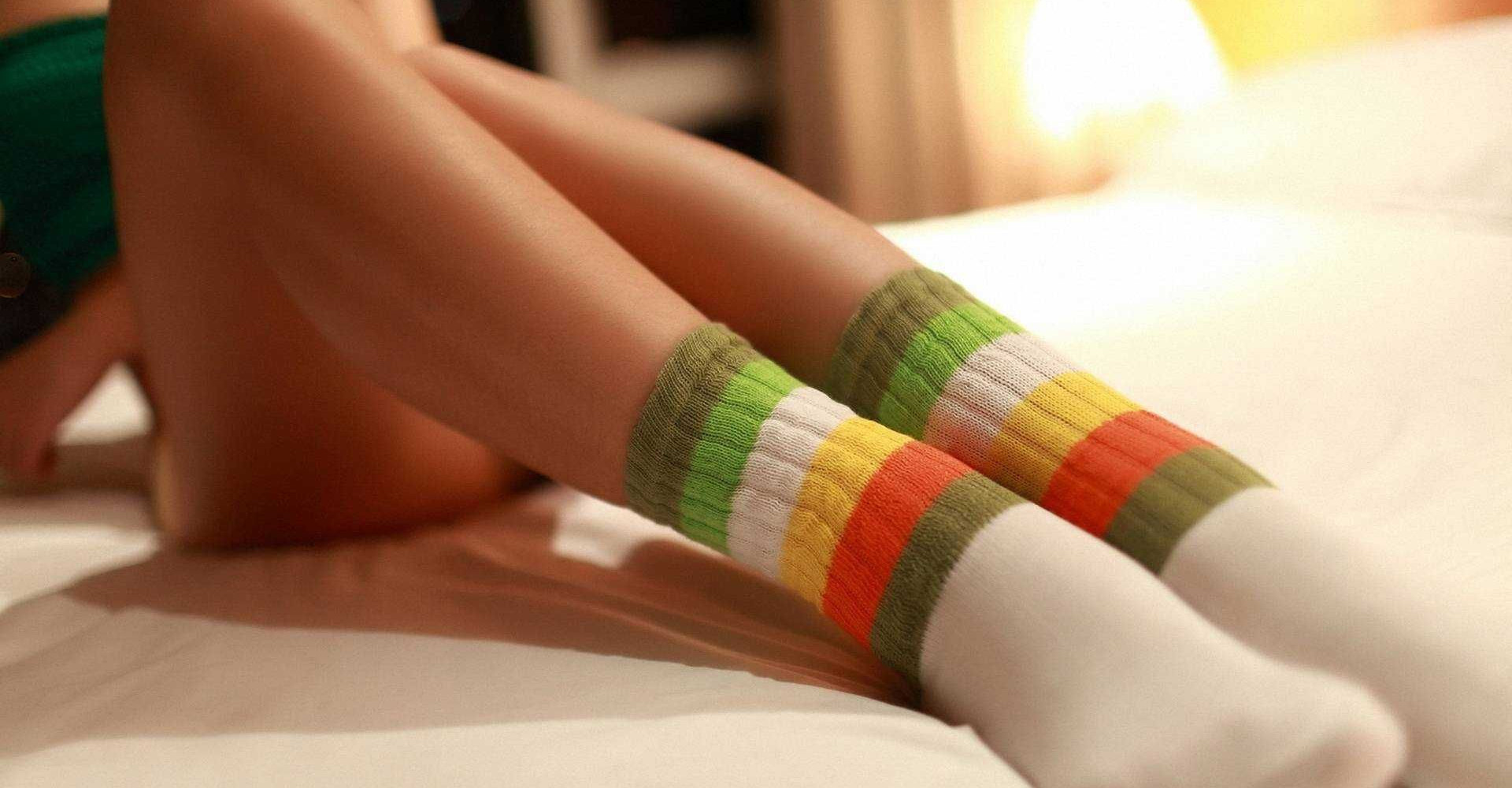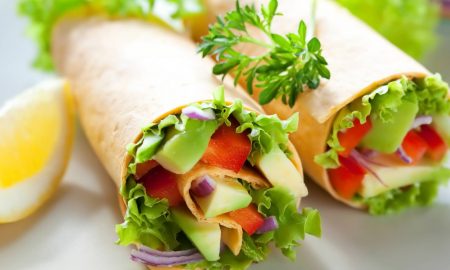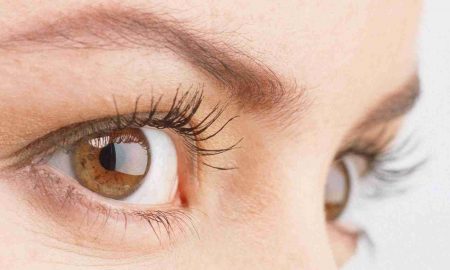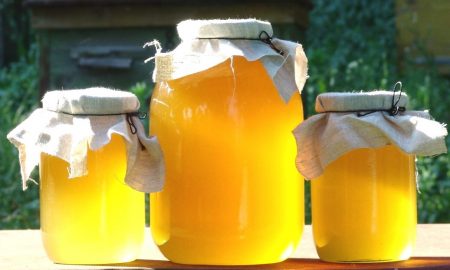General recommendations for the prevention of varicose veins of the lower extremities are simple and generally available. In general, they can be divided into three main areas. First, wearing compression stockings.
Secondly, the use of venotonic plants in a course of 1-1.5 months 2 times a year. It can be horse chestnut, jaundice, hazel, or any other veno tonic. This group of plants increases the tone of healthy veins and prevents their varicose degeneration.
Thirdly, it is a certain way of life.
Now let's take a closer look at these recommendations.
Regular exercise will help strengthen the veins and improve blood circulation . The best way to prevent varicose veins is swimming , and the easiest and most affordable way is just walking , for example, a couple of stops instead of taking a bus.
Breaststroke swimming at a slow and medium pace, since the body is in an unloading - horizontal position, and the water pressure tones and naturally stabilizes the vessels. Swimmers rarely get varicose veins.
Avoid sports that put a lot of stress on your legs (tennis, weightlifting, high jump). Do you love jogging? Don't run on paved trails or tarmac, as impact stress on your foot increases stress in your veins. Run the treadmill on grass, sand, soft ground.
2. To avoid additional stress on your legs, watch your weight .
3. Supportive tights and stockings help prevent varicose veins to some extent. If you do not have varicose veins, then it is enough to wear stockings or I-class compression stockings. Wearing compression stockings is mandatory when walking for a long time, standing, doing physical exercises or aerobics. During rest or with minor loads, you can do without knitwear. It should be noted that compression hosiery is a special medical product, and not just tight tights!
4. Varicose veins can be caused by standing for a long time, because in this case normal blood flow is disturbed. Try to shift the weight if you have to stand for a long time. Prolonged sitting will also not do you any good: try to get up from time to time and move around the room or walk every half hour.
5. Avoid constipation , for this, include foods rich in fiber in your diet. Frequent constipation also increases the likelihood of varicose veins. Try to limit your salt intake to avoid swelling.
6. For the prevention of disease, it is useful to visit a Russian bath .
7. Quit smoking , the cough that accompanies it contributes to an increase in venous pressure.
8. Avoid tight clothing . Any clothing that interferes with the normal circulation of blood in the thighs and lower legs, in particular tight pants or stockings, jeans, tight skirts, etc., increases congestion in the veins.
9. Use therapeutic elastic stockings and socks. If you put on elastic stockings in the morning without getting out of bed, they will be able to hold the veins and ensure the outflow of blood towards the heart.
10. It is not recommended to wear uncomfortable shoes , both with too high and too low heels - it should be of medium height. If you have to wear stilettos, take them off from time to time and stretch your calf muscles.
11. Walking on grass , dirt or just barefoot around the house improves blood circulation and strengthens the veins.
12. In the morning, washing your face, take a few minutes and your feet. It is most useful to douse them up to the ankles with cool water , and even better, completely cold. Do the same after taking a shower.
13. Avoid too hot baths , sauna visits (dry, hot air), prolonged exposure to the sun.
14. While resting, keep your legs elevated - it is best if they are above the heart. At night it is very useful to put a pillow under your feet.
15. French experts recommend a time-tested folk way to prevent varicose veins. Take a wax candle, put one foot on a stool or chair and, rolling the candle up from the foot to the knee, gently pressing on the skin, massage the soft tissues , then do the same with the second leg. These exercises are useful not only for strengthening blood vessels, but also for maintaining skin elasticity.








